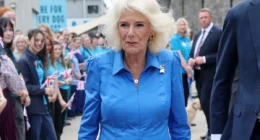Beijing claims sovereignty over the island, just 160km from mainland China, and vows to take it by force if necessary to achieve unification.
Washington, supported by its Western allies including Australia, insists any differences be resolved peacefully. American law also obligates it to supply Taiwan with hardware and technology for self-defence.
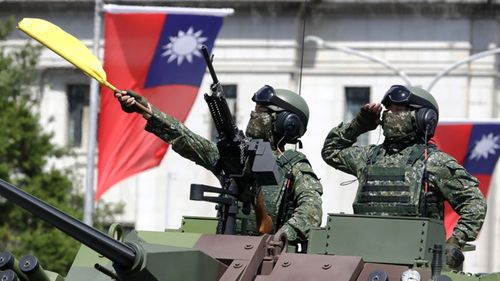
In the past several years, ties between Washington and Taipei have grown stronger, as Beijing intensifies military and diplomatic pressure on the island.
Here is what you need to know about the Taiwan dispute and what it means for Australia.
Taiwan’s official name is the Republic of China (ROC), tracing its founding to 1911 on the Chinese mainland after the collapse of China’s last imperial dynasty.
The Nationalist Party, or Kuomintang (KMT), ruled China until 1949 when it was defeated by the army of the Communist Party of China (CPC) in a bloody civil war and fled to Taiwan, an island off the southeastern coast of mainland China.
Later that same year, Communist leader Mao Zedong declared the birth of the People’s Republic of China (PRC) from Tiananmen Gate in Beijing.
The two sides have been governed separately since, though a shared cultural and linguistic heritage mostly endures – with Mandarin spoken as the official language in both places.
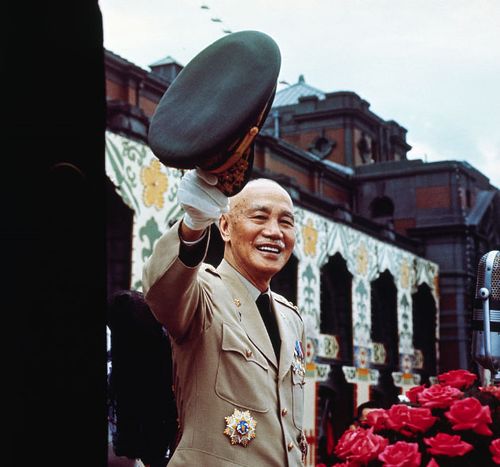
Why does China want Taiwan?
Beijing views Taiwan as an inseparable part of its territory – even though the Chinese Communist Party has never governed the island.
He said he wanted to see peaceful reunification occur under a “one country two systems” policy, similar to that used in Hong Kong. However the system of government is generally opposed by Taiwan.

Xi Jinping’s rise to one of most powerful men in the world
Taiwan, with a population of more than 23 million people, has become a vibrant democracy since the 1990s – with the two main political parties, the Kuomintang (KMT) and the opposition Democratic Progressive Party (DPP) trading victories in presidential elections.
Lai and his predecessor Tsai Ing-wen reject China’s sovereignty claims over Taiwan. They have, however, offered to speak with Beijing, which has repeatedly refused to hold talks and called them separatists.
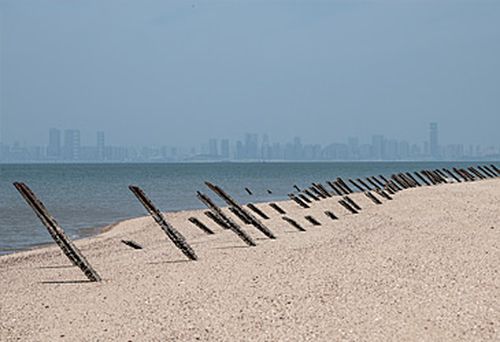
Does China have the capability to invade Taiwan?
China, after years of rising military spending, now boasts the world’s second-largest defence budget behind the US, totalling about $290 billion in 2022. That has allowed the development of advanced weapons systems including the J-20 stealth fighter, hypersonic missiles and two aircraft carriers, with a third under construction.
China’s tacit support for Russia’s war on Ukraine has fuelled speculation over its intentions with Taiwan, raising questions about how the world might react should it launch an attack.
What is the US role in defending Taiwan?
Washington’s longstanding policy has been to provide political and military support for Taiwan, while not explicitly promising to defend it from a Chinese attack.
“Taiwan should pay us for defence,” Trump said in an interview with Bloomberg Businessweek in July. “You know, we’re no different than an insurance company.”
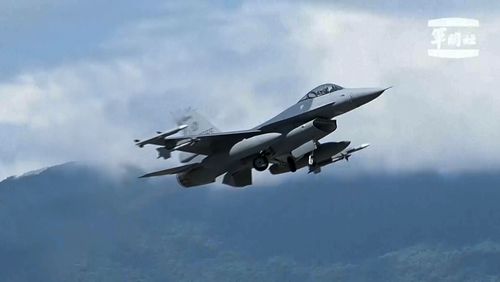
What is Australia’s relationship with Taiwan?
The approach by Australia to the self-governing territory dates from 1972 when it adopted the one-China policy after opening diplomatic relations with the communist-ruled People’s Republic of China (PRC).
Canberra recognised the government in Beijing as the sole legal government of China and ended its recognition of Taiwan.
In the decades since, Taiwan’s democracy and its economy, particularly its technology sector. has flourished.
The island is now Australia’s seventh-biggest trading partner.





